Of these the most important compounds are alumina al2o3 silicon carbide sic silicon nitride si3n4 and zirconia zro2 alumina is made from a hydrated aluminium oxide known as bauxite al oh 3.
Ceramics engineering examples.
The ceramic engineering program prepares graduates for careers as engineers in the ceramic industry and related materials fields.
The bauxite is crushed and purified and then heated to 1150 c to decompose it to alumina.
Alumina aluminium oxide al 2 o 3 is by far the most commonly used engineering ceramic and is generally specified as the ceramic of.
Although these materials may be nominally pure they usually contain additives which may be present either in small amounts to assist the fabrication process e g as sintering.
Modern ceramics include some of the strongest known materials.
Ceramics is a category of hard material that is typically manufactured by heating minerals.
Engineering ceramics are based primarily on pure oxides carbides or nitrides.
Ceramics are typically hard and chemically non reactive and can be formed or densified with heat.
Clay bricks tiles glass and cement are probably the best known examples.
Humans have produced ceramics since at least 24 000 bc.
This predates the use of metal.
Ceramics are commonly used in construction consumer products vehicles scientific and industrial.
Ceramic materials can be identified by their general properties like high hardness brittleness chemical stability and low thermal conductivity.
Ceramics can be organised into types or categories in terms of composition oxide carbide and so on.
Advanced ceramics and traditional ceramics are the main categories of ceramic materials.
It may be crystalline glassy or both crystalline and glassy.
Common examples are earthenware porcelain and brick.
As such our graduates are highly sought after by.
Typical examples of bulk engineering ceramics are silicon nitride si 3 n 4 silicon carbide sic alumina al 2 o 3 and zirconia cubic and or tetragonal zro 2.
Types of engineering ceramics.
Advanced engineering ceramics are often made in more advanced ways.
Alumina aluminium oxide al 2 o 3.
Ceramics is the making of things out of ceramic materials.
Ceramic may be used as a noun in the singular to refer to a ceramic material or the product of ceramic manufacture or as an adjective.
A ceramic is a material that is neither metallic nor organic.
A ceramic is any of the various hard brittle heat resistant and corrosion resistant materials made by shaping and then firing a nonmetallic mineral such as clay at a high temperature.
Ceramic engineering like many sciences evolved from a different discipline by today s standards.
The crystallinity of ceramic materials ranges from highly oriented to semi crystalline vitrified and often completely amorphous e g glasses.
Ceramics are more than pottery and dishes.
As part of the new york state college of ceramics the ceramic engineering program is internationally recognized as a leader in ceramics education and research.


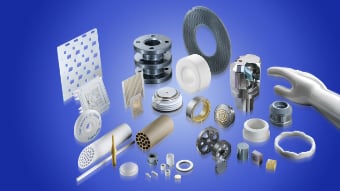
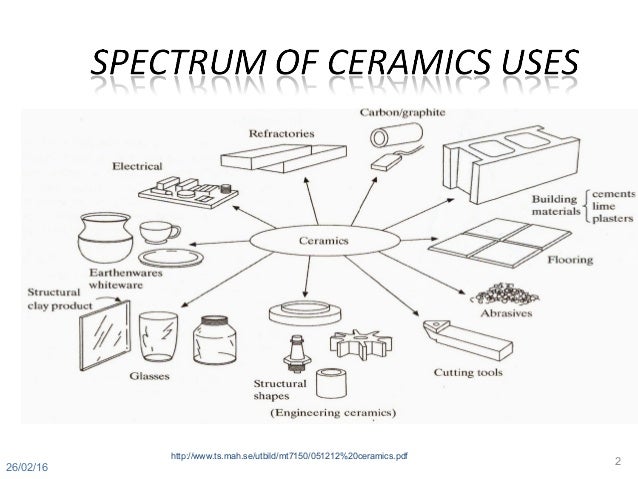

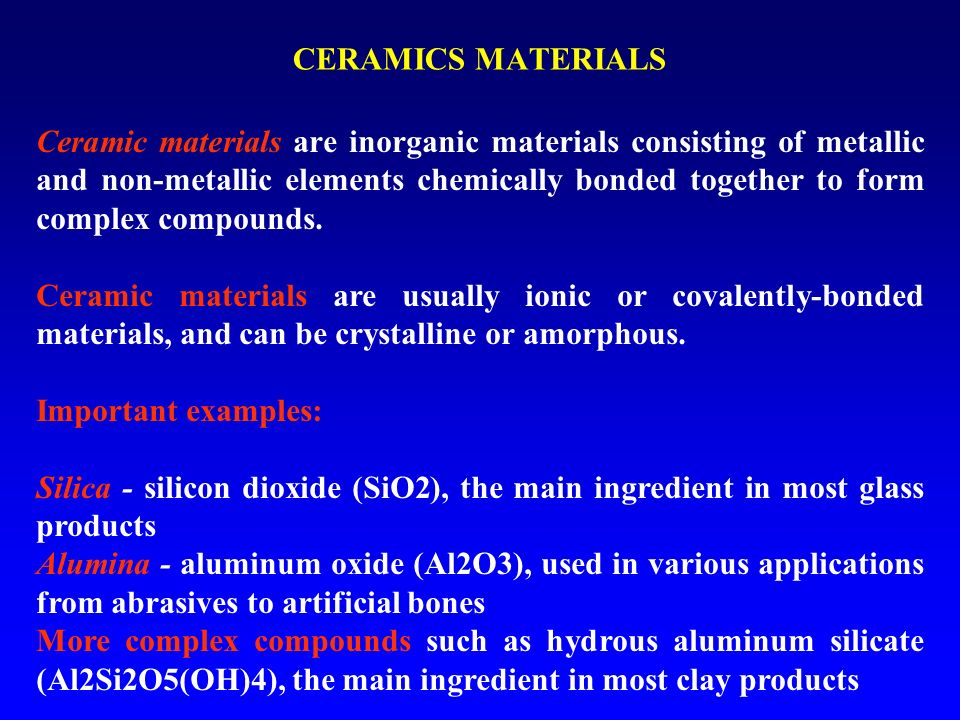
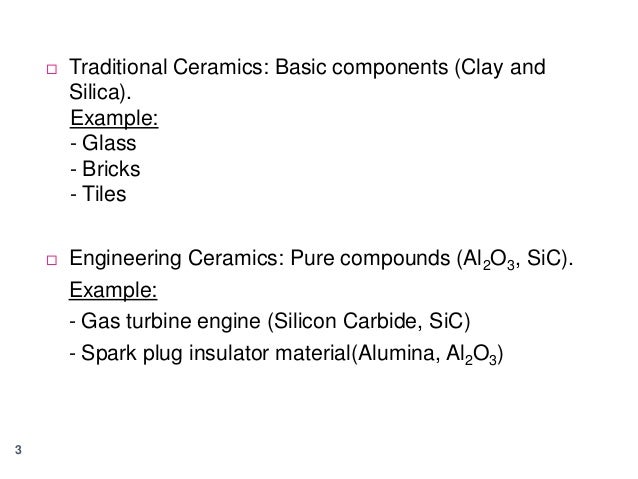
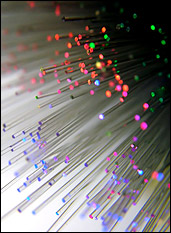
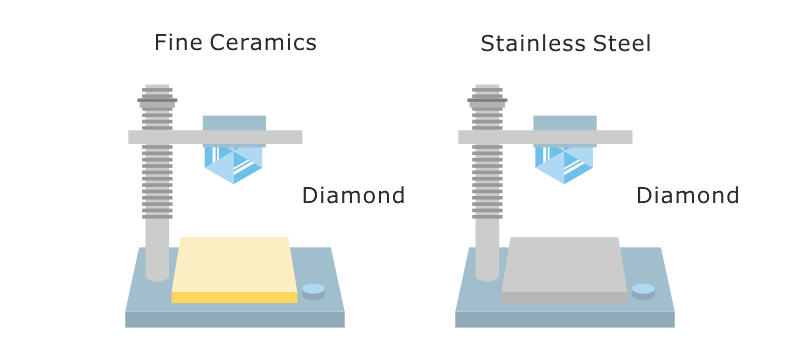


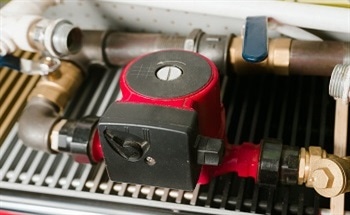












:max_bytes(150000):strip_icc()/hands-of-male-potter-holding-finished-vase-in-workshop-665479463-596284a15f9b583f180d5a3c.jpg)


